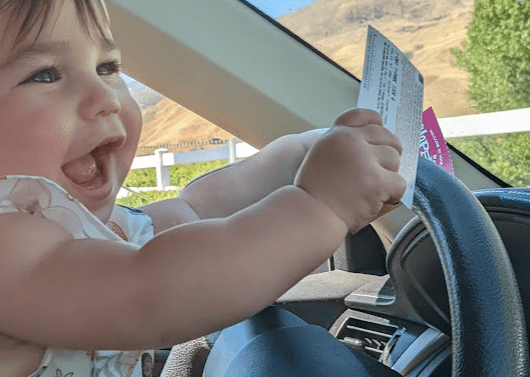
The neuroscience of UDL and Daniel Pink’s research on intrinsic motivation both reveal the positive effects of ensuring that students have autonomy and ownership in the learning process. But what does this look like in the classroom? After all, we are called upon to engage learners in academic content, aligned to standards that oftentimes lead to standardized assessments. Often, educators struggle to make sense of student voice and choice in this environment.
While I am a proponent of student-led learning experiences, I also urge educators to ensure that all students have access to grade level standards-based content. At first glance this may seem paradoxical, but the key is in the artistry of teaching itself. As educators, our highest calling is not to teach content, but to listen to our students so well that we are able to mold our lessons so that our students are invited to engage with academics in a way that is personalized to them.

We can personalize learning by curating resources that align to student backgrounds and interests, and also by creating a self-paced learning experience. Consider GPS as a model. If grade level standards set the destination, educators provide a vehicle (structure) for students to drive their own learning. The destination may be the same but each student will arrive via a different path, accessing their choice of teacher-curated resources and making pit stops to receive feedback and/or be gently redirected along the way.
What does this look like in practice? Perhaps we set the stage for students via a mini-lesson or quick video to spark wonder. Now it’s time for students to drive their learning, in the vehicle in which we choose to package the learning experience. This vehicle could be a slidedeck with hyperlinks, a self-paced nearpod lesson, or any other platform that students will utilize to guide their learning. How do we manage a self-paced environment and also provide feedback opportunities? Embed stop signs along the learning drive, for students to seek feedback before moving forward on their journey. Be sure to provide students opportunity to collaborate asynchronously as they drive their learning, and foster creativity by allowing for multiple means of expressing learning to synthesize the experience. View the image below for additional ideas on designing an experience in which students drive their own learning.


Great article; thanks for sharing. I especially appreciate these ideas for my skills based courses: CS as well as Video-&-Animation.